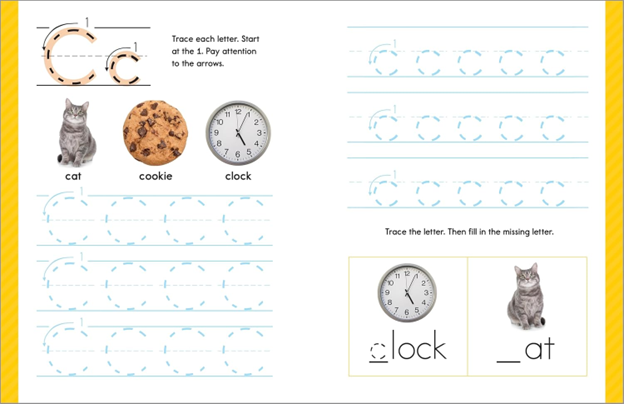- Detroit Public Schools Community District
- Core Curriculum
- English Language Arts and Literacy
- Handwriting in Our Schools
Curriculum and Instruction
Page Navigation
- Overview
- Core Curriculum
- Initiatives
- Programs
-
Handwriting in Our Schools
Daily handwriting instruction is part of every elementary school’s schedule.
It’s more than just neat writing. Handwriting helps children become better readers, stronger writers, and more confident learners.
Why Handwriting Still Matters
Even in a digital world, learning to write by hand builds important skills:
- It supports reading and spelling.
Forming letters by hand activates areas of the brain that help students recognize letters and words. This strengthens phonics and early literacy.
(James & Engelhardt, 2012; Berninger et al., 2006) - It builds writing fluency.
When students don’t have to think about how to form each letter, they can focus more on their ideas and what they want to say.
(Graham et al., 2012) - It strengthens fine motor development.
Writing by hand supports coordination and hand strength, especially in early childhood. - It provides a shared foundation.
Handwriting is a core part of early learning. By making time for it during the school day, we ensure every student has the opportunity to grow as a writer, together with their peers.

- It supports reading and spelling.
-
Materials Used Across the District
To support consistent instruction, all schools have been provided with the following handwriting workbooks:
- Kindergarten–1st Grade
My First Learn-to-Write Workbook by Crystal Radke
Focuses on pencil control, line tracing, and letter formation - 2nd Grade
Printing Handwriting Workbook by Carson Dellosa
Practices with upper and lowercase letters, words, and short sentences - 3rd–5th Grade
Cursive Handwriting Workbook by Carson Dellosa
Emphasizes legible cursive writing, fluency, and sentence practice

- Kindergarten–1st Grade


